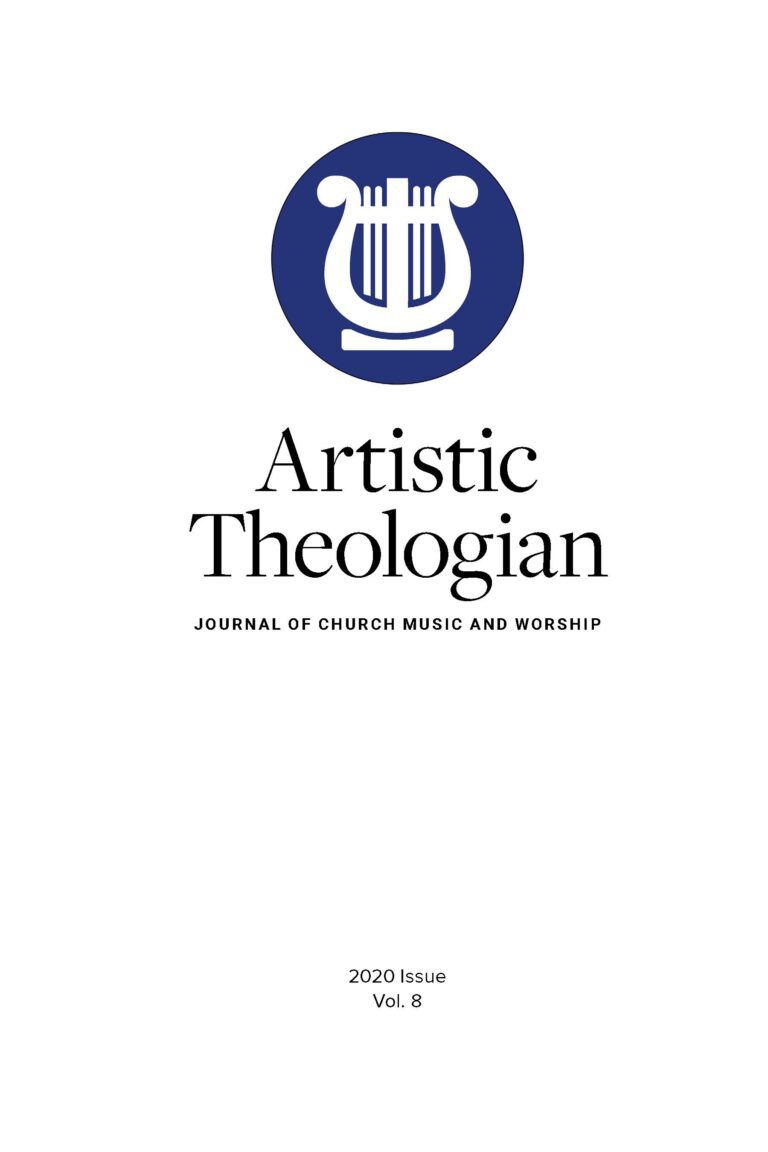
Lovin’ on Jesus: A Concise History of Contemporary Worship, by Swee Hong Lim and Lester Ruth. Nashville: Abingdon Press, 2017. 162 pp. $29.99.
To echo a sentiment from Ira Gershwin: it’s very clear contemporary worship is here to stay. Provided this reality, Lim and Ruth’s Lovin’ on Jesus communicates a thorough analysis of this profoundly influential development in liturgical history. Swee Hong Lim is the Deer Park Associate Professor of Sacred Music and Director of the Master of Sacred Music Program at Emmanuel College in Toronto. Lester Ruth is a historian of Christian worship and research professor of Christian worship at Duke Divinity School in Durham, North Carolina.
Lovin’ on Jesus offers a clear, concise, and informative history of contemporary worship, presenting an expansive array of aspects of the movement. The writers aim to shed light on the many facets of contemporary worship that work in tandem to create what is now an identifiable liturgical phenomenon. The authors’ primary intent is to provide a history of contemporary worship that reaches far beyond just the music associated with this worship style.
The authors’ pervading research question is, “what makes contemporary worship, contemporary worship?” They formulate their argument by explaining the ethos and origins of the notable paradigm shifts of this movement. These evolutions are the nature of time, space, music, prayer, presentation of Scripture, and the perceived sacramentality of contemporary worship. Ruth and Lim claim these shifts inform nine key qualities that are the defining features of the movement and can be categorized into four groups: fundamental, musical, behavioral and key dependencies (2−3). These qualities include use of non-archaic English, dedication to adapting worship choices to meet the needs of a target group, extended times of singing, predilection for informality, and reliance on modern technology.
Lim and Ruth label the sources of contemporary worship as the Church Growth movement, Pentecostalism, with traces of the Second Great Awakening (16–17, 21). Much of what drove decisions leading towards contemporary worship was an anxiety to avoid losing youth membership of the church and a desire to seem relevant to the greater culture to prevent congregational boredom. This involved a re-ordering of time with a high priority of maintaining a sense of seamless “flow” to simulate liturgical freedom and promote congregational engagement (32). This shift coincided with an evolution of space, with types of buildings and “liturgical centers” being re-configured with shifted focus to a platform with the musicians as a central focus (41, 52). Furthermore, the placement of technological equipment also becomes a semi-permanent fixture in the worship space (48).
Ruth and Lim detail the key features of contemporary worship music that accentuate its particularity. These features include use of colloquial, intimate, personalized language as a divergence from stately, archaic language (59). Moreover, in efforts to achieve “flow” building in emotional intensity, the “song set” with liberal use of stretching songs becomes prominent (66). Musical language also is both impacted and informed by the language of prayer, with extemporaneity and expressiveness being paramount (89). In this regard spoken prayer and sung prayer become nearly synonymous to the contemporary worshipper (92). As for the exposition of Scripture, intelligibility and relevance drive efforts to become more approachable and relatable to the non-churched individual (108). The authors lastly describe the concept of the “sacramentality of contemporary worship” in which God’s presence and power is invoked, encountered, and celebrated through the sequence and flow of praise and worship music, drawing scriptural support from Psalm 22:3 and Psalm 100:4 (124, 130, 137).
The strength of this book lies in the compressed nature of the writing that attains a significant depth of study delivered in a concise manner. In doing so, the authors analyze a phenomenon that few have approached from a historical standpoint. By highlighting key qualities of contemporary worship, the authors illustrate on a grander scale the formative nature of liturgical actions and environments. They helpfully show how the use, misuse, intensification, or degradation of liturgical space, foci, actions, language, and the arts are loaded with a particular theology that is perpetuated by liturgical choices. Similarly, the objective tone of the authors inadvertently calls to question the assumptions of the presumed benefits of contemporary worship. Lim and Ruth unearth many insights imbedded in the ethos of contemporary worship that provide helpful applications. In particular, the authors make the observation that within the last twenty years, the top contemporary worship songs had very few to no songs that act as a form of intercessory prayer or confession (95).
The objective tone of the writing is on one hand positive and the other negative. At many points it appears as though the authors are hinting at an assessment to avoid saying it outright. For example, the authors explain the anxiety to avoid “dead time” in a service saying, “For many, to have dead time is the kiss of death in worship” (32). These types of statements, humorous as they are, sends the reader into a direction perhaps unintended by the authors by trying to ascertain their implied opinion or conclusion. Secondly, the authors’ assessment of musical qualities overlooked the pervasive influence of Electronic Dance Music (EDM) on contemporary worship. As pop-music in general has moved further away from guitar-driven music in favor of beat, loop, and electronically generated music, contemporary worship is beginning to follow the same trajectory. This development should be explored in a later edition of this book.
Finally, this text is immensely helpful for worship pastors, senior pastors, worship historians and worship professors. Contemporary worship is a widespread phenomenon that a large percentage of churches has seemed to willingly adopt for reasons of taste, personality, and comfort with little consideration to biblical instruction as to the content, form, and aesthetic qualities that should be implemented for corporate worship. For consumers and practitioners of contemporary worship, the book presents several convicting insights that serve to edify the church to pursue pure, biblical worship.





